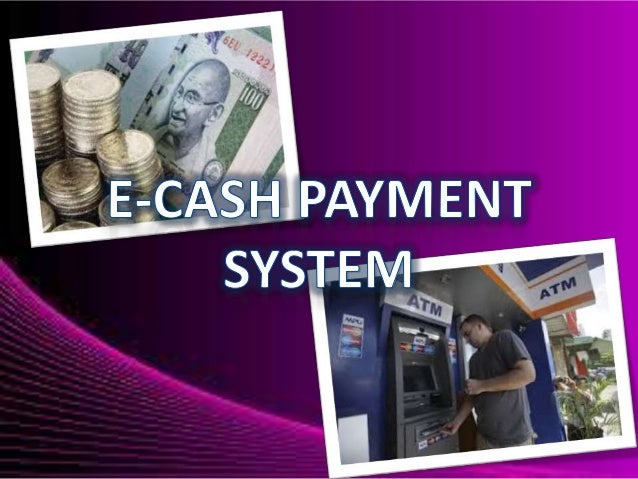2 hundred Basically, closed-avoid borrowing from the bank laws address just one extension off borrowing between a good creditor and you can a debtor your borrower believes to pay off in a predetermined level of unexpected payments out-of a specified matter. The financing product sales of a motor vehicle is an excellent exemplory instance of particularly a purchase given that anybody sales have a tendency to nearly inevitably show the whole debt a great between the two activities. Even though the user may go back again to a similar broker over decades to get far more cars, for every single borrowing business would be considered a remote deal, to get paid for truly.
Open-end borrowing from the installment loan San Francisco CA bank laws, concurrently, think about repeated transactions between your functions where in actuality the loans from everyone exchange are combined with the huge a fantastic obligations. An example of that it plan are a bank charge card. Your debt away from for each purchase otherwise pay day loan are put into a great equilibrium, and also the consumer receives a monthly report providing the complete a fantastic equilibrium, this new accumulated financing costs regarding preceding day, plus the minimum percentage owed.
There isn’t any put quantity of repayments that the individual often make to the membership, and there’s zero presumption the size of each percentage would be equal. The user is needed to only pay a reported lowest amount which will differ with the the balance and that can, usually, at least equal the accumulated financing costs on earlier in the day month. 201 The user is free to pay off the complete balance and when they desires. Under the terms of very credit agreements, finance charge could be stopped entirely if your complete balance is paid back timely monthly, 202 although annual costs are sometimes imposed long lasting client’s commission record.
Brand new independent regulation out-of installment borrowing from the bank and you can unlock-prevent borrowing from the bank produces specific feel just like the several preparations increase different inquiries. Such, formula of your month-to-month financing costs or even the lowest count owed cannot end in much situation from inside the cost credit the spot where the principal is actually repaid several times a day, however, doesn’t otherwise fluctuate. Having said that, rebates out of unearned desire aren’t a challenge into the discover-end levels once the attract toward such as profile is not precomputed. 203
The rate towards the both finalized-stop and unlock-end borrowing from the bank may be often a fixed rates otherwise a varying price. Yet it is significantly more common having signed-end deals to get at the a fixed rates and you may discover-end deals is during the a changeable rate. The latest charges towards finalized-end low-financial borrowing from the bank can be precomputed when you find yourself fees towards discover-end credit was computed month-to-month. 204 Discover-avoid membership therefore provide on their own to a generally switching interest rate.
step 1.6.dos Unlock-Stop compared to. Closed-Stop Borrowing from the bank

Since the difference between finalized-stop and you may discover-avoid borrowing tends to be clear-reduce, this isn’t usually possible. In the event that discover-prevent credit allows loan providers increased appeal roof, a lot fewer restrictions, or less disclosures, specific loan providers will try to help you construction single purchases due to the fact traces regarding credit you to end up in the latest open-prevent laws. 205
A related grey urban area ranging from closed-avoid and you will open-prevent borrowing from the bank is a collector practice of a couple of times refinancing the customers’ a fantastic fund. 206 The process works everything below. A creditor either fund a buyers currency or acquires preexisting personal debt owing to task otherwise debt consolidation. This 1st exchange looks like normal fees debt: a fixed quantity of constantly monthly payments is required to retire the debt as there are zero obligations otherwise expectation one the fresh collector will give the fresh debtor any more funds.
Yet ,, through to the initial responsibility was paid back, the debt was refinanced. New mortgage as well as seems to be a shut-avoid transaction, however, the principal includes besides brand new outstanding dominating in the past financing, in addition to delinquent appeal, individuals low-attention charges like borrowing from the bank insurance fees, and sometimes a small brand new payday loan on the borrower. Essentially, the fresh charge have been put in the newest client’s membership. With each then refinancing, the process is regular in addition to customer’s obligations is actually lengthened. Frequent refinancing produces an extremely remunerative sort of an unbarred-avoid account comprising a few finalized-end transactions.
Footnotes
200 <196>See Seibert v. Sears, Roebuck Co., 120 Cal. Rptr. 233 (Cal. Ct. App. 1975) (comparing open-end and closed credit); Appx. D, infra (state installment loan laws); Appx. E, infra (state open-end credit laws).
201 <197>If the minimum payment is less than the monthly finance charge, the result of making the minimum payment every month is negative amortization, and the debtor owes progressively more and more money, even if no additional charges (i.e., credit purchases) or cash advances are made on the account. See Ch. 8, infra.
202 <198>Many cards have a grace period during which the amount billed in the previous month can be paid without finance charge provided that the customer had entered the month with an account balance of zero. Some cards, however, provide no grace period, and interest is assessed from the day a purchase is recorded (i.e., posted) by the creditor. See 8.6, infra (discussing grace periods and credit cards).
203 <199>In a precomputed contract, all interest charges are determined at the time the contract is entered into, and a fixed monthly payment size is set at a level sufficient to pay off both the interest charges and the principal debt over the term stated in the contract. This is the traditional format for a small loan or credit sale. See 5.8.3, infra.
